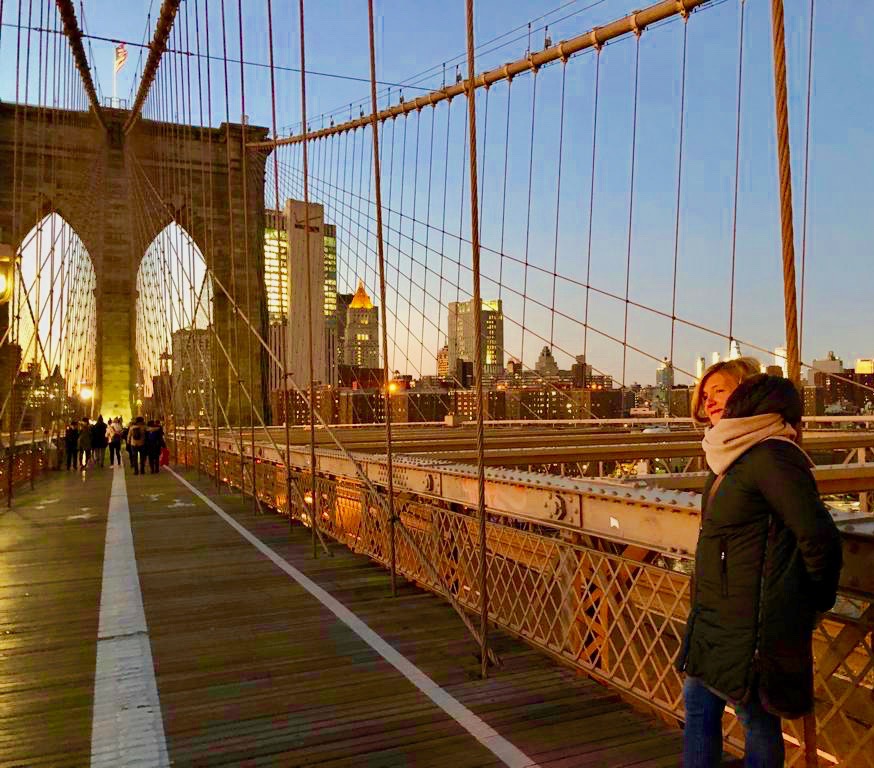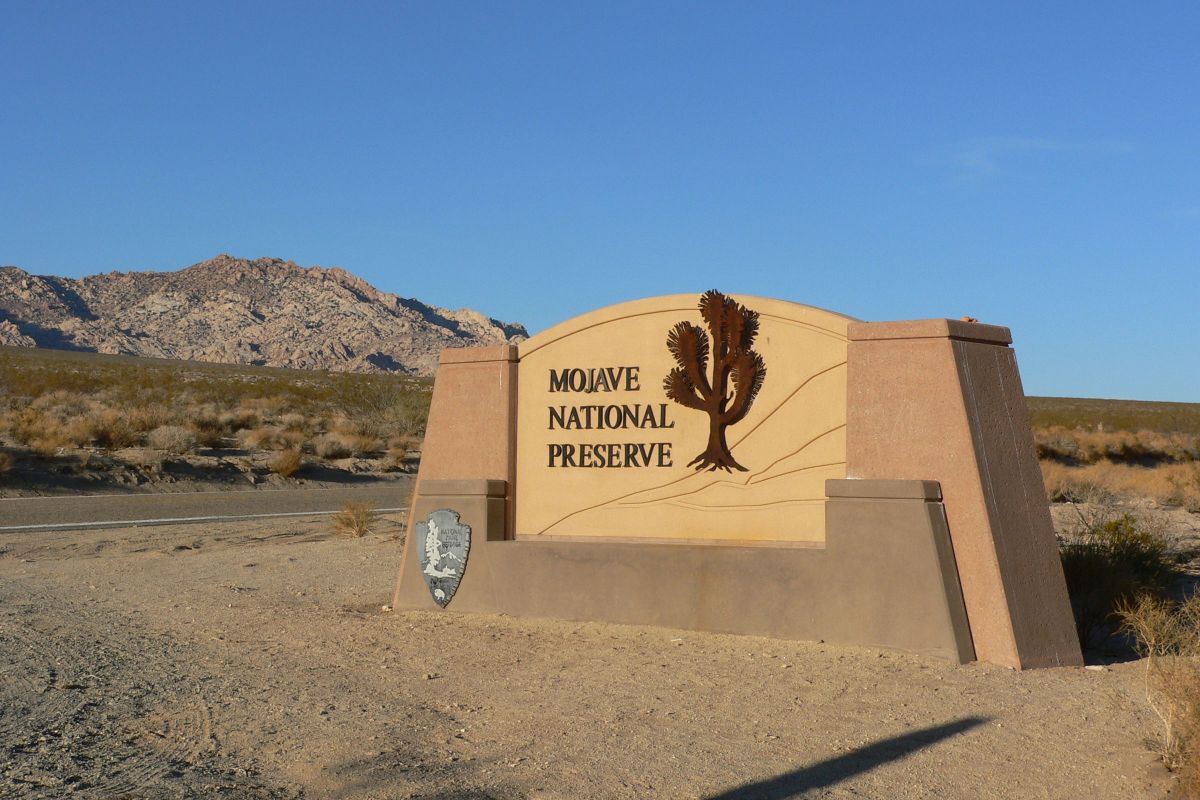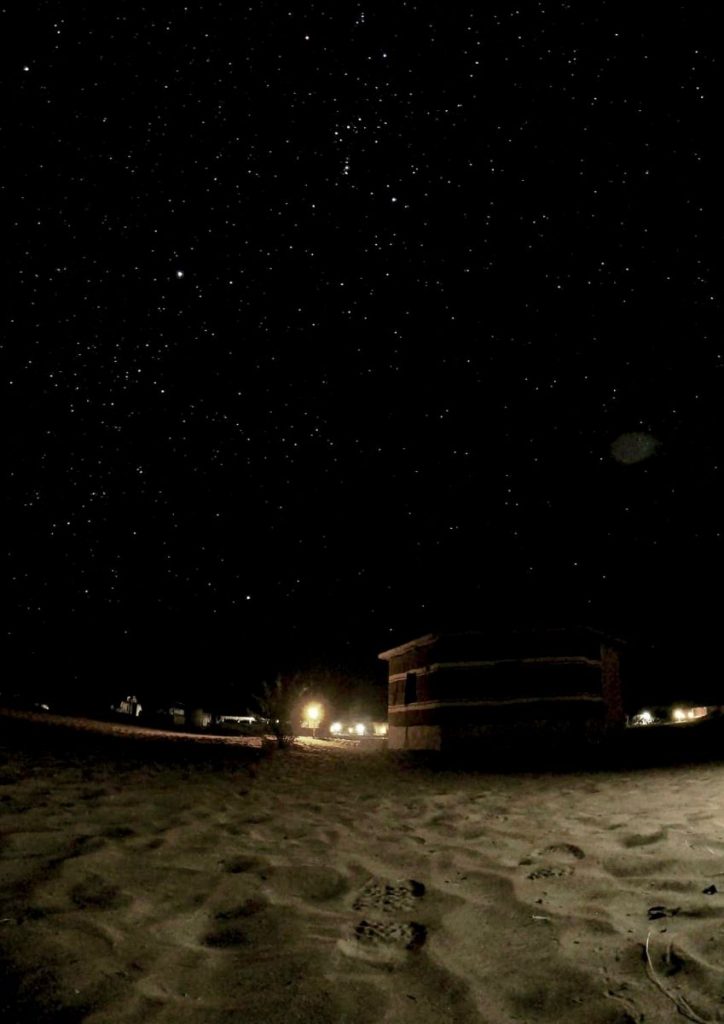


In Italian
Where to sleep in the desert?
And – above all – where to do it safely, maybe in a tented camp supported by local communities, I order to enjoy an authentic and unforgettable experience?
After the night spent in the Sahara Desert, on the Erg Chebbi Dunes in Morocco and that one in the Dubai Desert with Desert Safari Dubai Heritage Platinum, this time was Oman’s turn and three days spent in the Wahiba Sands in the Safari Desert Camp, as guest of an authentic and welcoming Bedouin community.
A strong and authentic experience, which has literally “done” – let me pass the term – my journey to Oman.
“I have always loved the desert. One sits down on a desert sand dune, sees nothing, hears nothing.
Yet through the silence something throbs, and gleams…”
(Antoine de Saint-Exupery)
People call them “small desert of the Oman” – in order to differ them, from that one definitely wider to the south-west – and yet the Wahiba Sands with their 15.000 square km of dunes and sand plains, dirt patches, Bedouins nomadic camps, caravans of camels and breathtaking sunsets on the infinity gave nothing to envy to other more “famous” deserts. On the contrary.
A fragment of Oman, suggestive and apparently boundless locating to the south-east of Muscat.
The “gates” are the ancient Ibra to the north and the lively small town of Sur to the east on the coast, and the Indian Ocean to the South. So extremely simple and feasible to put them in a classic itinerary discovering Oman, a circular path from Muscat as far as Nizwa.
The Wahiba Sands are inhabited by Bedouin communities living breeding goats and camels (the latter mainly for the traditional annual races), working local craft and, lately, running some tented camps for travelers who wish to have a more authentic experience living with these communities day and night, sharing meals, times and traditions.
The particular geographical configuration makes them extremely “damp” (above all in Summer): the consequence of this phenomenon is – besides the survival of insects, mostly lizards and rare scorpions, and a few species of plants like acacia – a very fine and suggestive mist that at dawn and sunset spreads in the so-called low areas, in the fields and dirt patches, creating a clean climate and colors’ separations between the high dunes and the valleys.
An amazing view which goes beyond words.
The Safari Desert Camp is a Bedouin tented camp of the Wahiba Sands, locating about 25km inland starting from the last village to the north, Bidiyah.
It is completely surrounded by dunes and a wooden fence defining it extension.
The central building and the tents on the sides act as meeting point of the community and guest: here people meet, have breakfast and have dinner together, strictly with local products dishes, and take part into the traditional dances organized after dinner.
Houses are divided into shelters (sticks and fabric) and tents (only fabric).
Even if they are Spartan they are clean, furnished with pure Bedouin style and have got the essential comforts: the private bathroom (remember we are in the desert, so a tepid shower, a washbasin and a WC are already a luxury) is particular, since it hasn’t got the “ceiling”, so it is completely open to the sky.
In the camp there is no power and no running water, houses have got single tanks. And – even more important thing – there isn’t any sort of phone or internet connection.
A “no-place” outside the world where to regenerate, live and share a definitely unusual experience together with other travelers coming from all over the world.
In the camp a series of excursions are organized daily and you can choose to take part into.
Among them there’s the camel riding at dawn to admire the sun rising on the surrounding hills, the excursions by 4×4 with Bedouins, then the discovery of Wadi and the surrounding oasis (where to relax, trekking or simply lower oneself into the clear waters). There is also the chance to have lunch in small local communities at the limit of the desert, and to climb the dunes to admire the sunset.
What was the most magic moment?
The end of the day, the warm of the sun leaving space progressively to the cold of the night, the lighted bonfires and the hundreds of thousands of stars lighting the black night of the desert.

Where to sleep in the desert: Safari Desert Camp, a night in the desert – (Ph. Credits Francesco Gigliotti)
“The night comes to the desert all at once, as if someone had turned off the light”
(Joyce Carol Oates)
Sleeping in the desert is an experience to do at least once in life, doing it in a tented camp like the Safari Desert Camp can be the right way, above all if it is your first experience.
Imagine to spend your days following the times – traditionally slow and rhythmed – of Bedouins, without renouncing to the safety of being helped in everything anyway, both in the camp and in the moving. To experience a type of stay completely unlike the one you are used to and live together with other people, with different culture and approaches.
My tip is to leave aware of the necessity of having a certain spirit of adaptability.
And to leave literally at home the unessential and then let you involve by the atmosphere and welcome – warm and authentic – of the men – and women – of the desert.
You can look directly the official Safari Desert Camp website up for further info, tours, availability and prices.
All excursions are always done by 4×4 with expert local guides. Nothing is left to chance.
It is recommended to use comfortable clothing by day, solar creams with high protection, repellants and some warm cloth for the evening/night. And not be short – according to the excursions – of trekking shoes and/or tennis shoes.
“The desert could not be claimed or owned–it was a piece of cloth carried by winds, never held down by stones, and given a hundred shifting names… Its caravans, those strange rambling feasts and cultures, left nothing behind, not an ember.
All of us, even those with European homes and children in the distance, wished to remove the clothing of our countries. It was a place of faith. We disappeared into landscape”
(Michael Ondaatje, The English Patient)